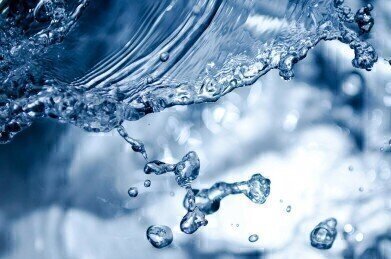Water/Wastewater
What Does Micropollutant Mean?
Jun 10 2022
The term micropollutant has become recently more prevalent in media reports, entering more fully into the mainstream consciousness of late. Nonetheless, many people may be aware that it is a cause for concern without fully understand what exactly it means. If that sounds familiar, this article will offer a brief introduction into the concept of micropollutants.
Simply put, micropollutants refer to natural or synthetic compounds that infiltrate water sources. This can refer to many different types of water, including surface water, groundwater, drinking water and wastewater. Since the latter two are often derived from the former two, the relationship between all four is fluid – but removing micropollutants from our environment is an extremely challenging task. That’s why they continue to pose an increasing public health risk.
Where do micropollutants come from?
Micropollutants can arrive in water sources from either point or non-point emissions. Generally speaking, they are a direct by-product of substances and products that are used by human every day to improve their quality of life. Both household and industrial discharge – alongside natural processes – contribute micropollutants to our environment.
Common sources of micropollutant contamination include pharmaceuticals, personal care products (PCPs), hormones, industrial chemicals and artificial additives used in the agricultural industry. Since many of these substances do not easily biodegrade in the natural world, they can seep through soil into groundwater and bioaccumulate over time.
Can micropollutants be removed from our environment?
While significant advances in wastewater pollution analysis and treatment have been made in recent years, it's an unfortunate fact that most wastewater treatment plants (WWTPs) are not equipped for full micropollutant removal from their effluent discharge. What’s more, accidental discharge of untreated wastewater into the natural environment is not as uncommon as it should be.
Although these micropollutants are invariably discharged into bodies of water or soil in very low concentrations, many of them are extremely long-lasting. That means that over time they can bioaccumulate in the environment and reach greater concentrations, eventually posing serious concerns for the livelihood of the flora and fauna living in such habitats. And since it is often not possible to remove them altogether, they will continue to bioaccumulate in the future.
What are the effects of micropollutants?
At the present time, there is still a dearth of research into the effects of micropollutants on the natural world. However, we are aware that they can have deleterious impacts on the feeding, breeding and life cycles of marine organisms, including both animals and plants and even humans.
For example, agricultural additives can either promote growth of certain organisms to the detriment of others, or else inhibit growth of some in particular, thus endangering overall biodiversity. Some products can negatively affect the nervous system of freshwater and marine organisms, as well as disrupting their sexual functions. As such, it’s vital that more research is conducted into detecting and reducing levels of micropollutants in our natural environment.
Digital Edition
IET 34.2 March 2024
April 2024
Gas Detection - Biogas batch fermentation system for laboratory use with automatic gas analysis in real time Water/Wastewater - Upcycling sensors for sustainable nature management - Prist...
View all digital editions
Events
Apr 22 2024 Hannover, Germany
Apr 22 2024 Marrakech, Morroco
Apr 23 2024 Kuala Lumpur, Malaysia
Apr 23 2024 Kintex, South Korea
Apr 23 2024 Edmonton, AB, Canada


















